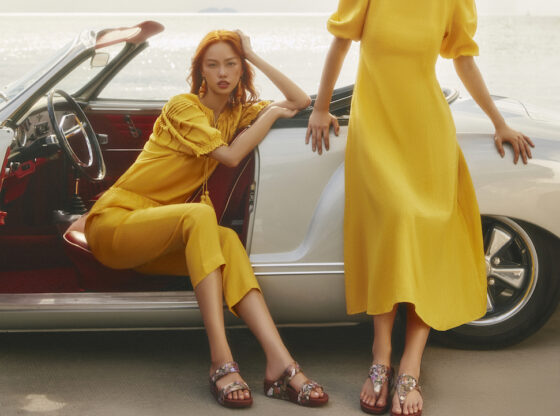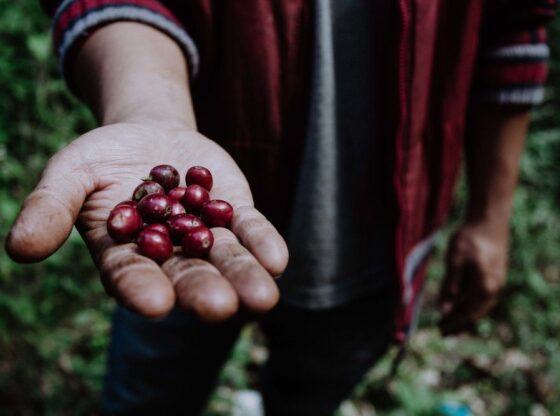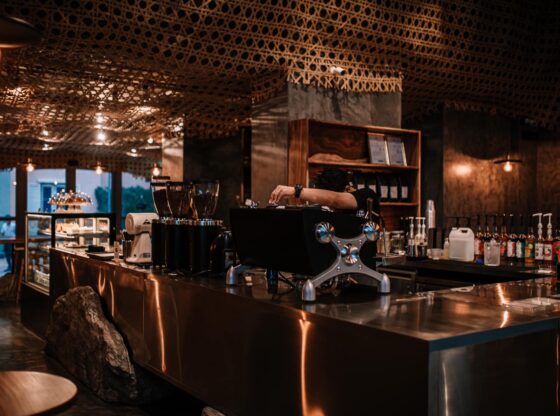![]()
Carhartt is a double-sided coin, a brand that means different things to different people. To an iron worker or a logger, Carhartt is a hardwearing, protective and enduring classic. To a fan of ’90s street culture, Carhartt is an inextricable part of hip-hop, skating and streetwear. Regardless of what one associates the brand with, the story of Carhartt begins the same: over 100 years ago in the American Midwest.
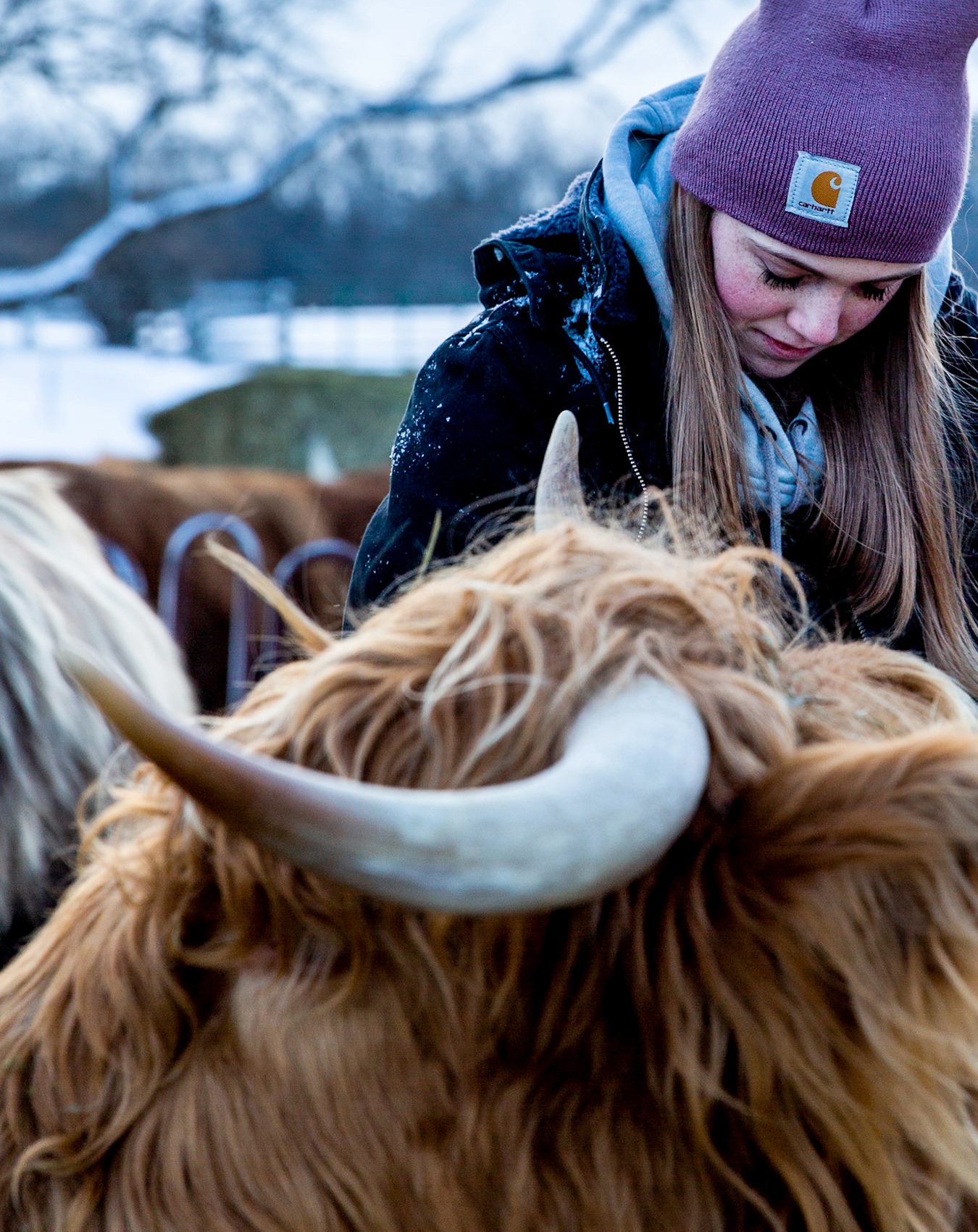
Carhartt: Synonymous With Quality
Established by Hamilton Carhartt in 1889, Hamilton’s eponymous brand was crafted in Dearborn, Michigan. Carhartt supplied railroad laborers with reliable and well-made garments under the tagline “honest value for an honest dollar.” Carhartt introduced its first product in the form of the bib overall, produced by just five employees using two sewing machines. The style remains in production more than a century later as do other items from the brand’s first decades, including the Chore Coat, which dates back to 1917. These first products were crafted from duck cloth, better known as canvas, and denim, two fabrics that remain quintessential for Carhartt.

The company continued to make inroads with blue-collar workers, and in 1930, Carhartt introduced its first outerwear collections, the Super Dux and Super Fab hunting lines. From there, the brand’s story progressed quickly. Department stores and retailers such as Sears, JCPenney and Montgomery Ward began to solicit private orders and these large commissions gave Carhartt the opportunity to significantly expand its production, putting Carhartt on the road to becoming the workwear titan it is today. Large-scale infrastructure projects like the Alaska Pipeline also placed significant orders, bolstering the brand’s reputation among craftsmen at a time when the United States was experiencing an industrial boom.
A New Generation Discovers Carhartt
Fast forward to the 1980s and an entirely new group began to discover the virtues of Carhartt, penning a new chapter in the brand’s history: hip-hop artists in New York City and Los Angeles. Following a similar trajectory as Timberland and The North Face, Carhartt’s evolution from a workwear pedigree to streetwear prominence can be traced back to each city’s burgeoning music scenes. Seminal artists, including 2Pac, Eazy-E, Nas and the Beastie Boys, were among the first to co-opt Carhartt’s boxy cuts, styles that came to define the oversized aesthetics of ’90s hip-hop.
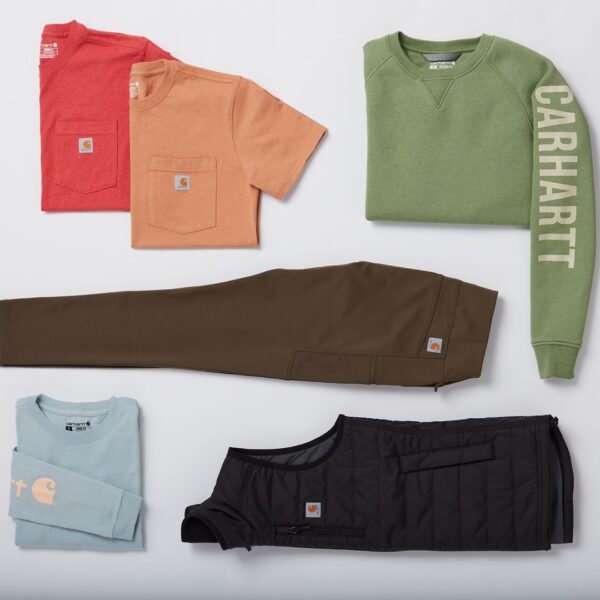
Within a few years, the brand’s fame had spread globally. The 1995 French movie La Haine, a cultural monument in its own right, ushered in a new chapter for the brand and stood as an early example of Carhartt’s growing appeal in Europe. The politically charged drama featured a number of original Carhartt pieces throughout, including Hubert’s “big C” beanie that reflected Carhartt’s street-level relevance at the time. In 2020, Carhartt and La Haine came together on an official collaboration, outfitting hoodies, tees and, of course, beanies with references to the iconic film.
Carhartt WIP Is Born
Enter Edwin and Salomée Faeh. The Faehs approached the U.S. label with an interest in representing Carhartt in Europe. Their ambition was to tap into Carhartt’s new demographic and serve some of the demand coming from European hip-hop fans, skaters and graffiti writers. In 1994—incidentally the same year Supreme burst onto the scene and just a year after Nigo launched BAPE—the Faehs were granted a license to create their own Carhartt collections under the name Carhartt Work In Progress, better known as Carhartt WIP.
The newly launched brand started to branch out beyond clothing, creating WIP skateboarding and BMX teams, an in-house publication titled Rugged Magazine, and even a Carhartt WIP radio station. In 1997, the brand opened its first brick-and-mortar in London, and while the majority of stores today are located in Europe—from Brussels and Vienna to Berlin and Copenhagen—doors can now be found around the world, like in Melbourne and Los Angeles. The brand’s visual identity, meanwhile, can largely be traced back to 1999 when Evan Hecox created a series of illustrated ad campaigns, establishing the look and feel of Carhartt WIP in the collective consciousness for years to come.
2010 marked a particularly big year for Carhartt WIP, as it teamed up with fragment design, Vans, Adam Kimmel and others. Since then, the European offshoot has put pen to paper with some of the most influential names in streetwear and fashion, including BAPE, Patta, A.P.C. and Loro Piana. Among the most beloved Carhartt collaborations, the brand worked with Junya Watanabe in 2018 on a series of Chore Coats caked with paint splatter and errant brush strokes, while 2020’s Carhartt WIP x Awake NY drop featured a range of two-tone color stories across outerwear staples.
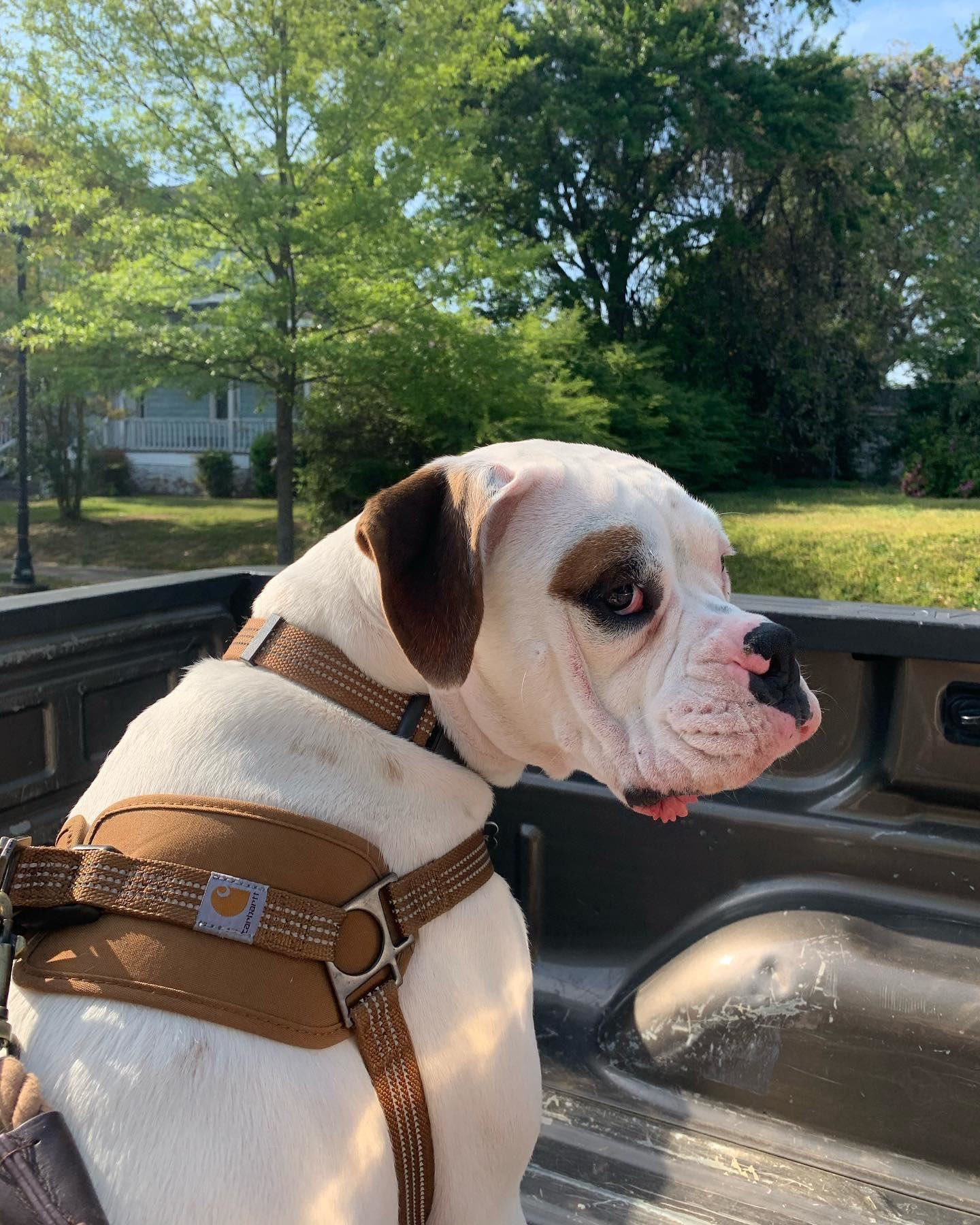
Carhartt Enters the World of Sneakers
In 2015, Carhartt shook up the sneaker world permanently when it teamed up with Eminem and Jordan Brand on a three-way collaboration. A Detroit native, Eminem tapped the Michigan brand to produce 10 pairs of the exclusive kicks, all of which were auctioned on eBay. Prices reached as high as $30,000 and to this day the collaboration is considered an all-time classic.
In 2018, the brand continued to reach beyond the confines of apparel and accessories, teaming up with Nike on four Swoosh silhouettes. The Carhartt WIP x Nike Air Force 1 featured Carhartt WIP’s light-brown duck canvas on the toe and quarter, with black corduroy on the heel counter, while the Air Max 95 arrived reworked with tiger-camouflage ripstop nylon and safety-orange Air bubbles. Collaborative versions of the Air Force 1 Utility Low and Vandal Supreme High rounded out the partnership, further validating the collaboration’s theme of utility and lifestyle performance. Carhartt has also worked with Converse, reimagining the Chuck Taylor and One Star, both of which spoke to a shared sense of quintessential Americana.
Carhartt Today—and Tomorrow
Maintaining its role in street culture around the world, Carhartt has endured as a constant in the wardrobe of influential musicians, including Kanye West and A$AP Rocky. An OG hip-hop purist, NYC rapper and chef Action Bronson is seldom seen without a Carhartt pocket T-shirt.
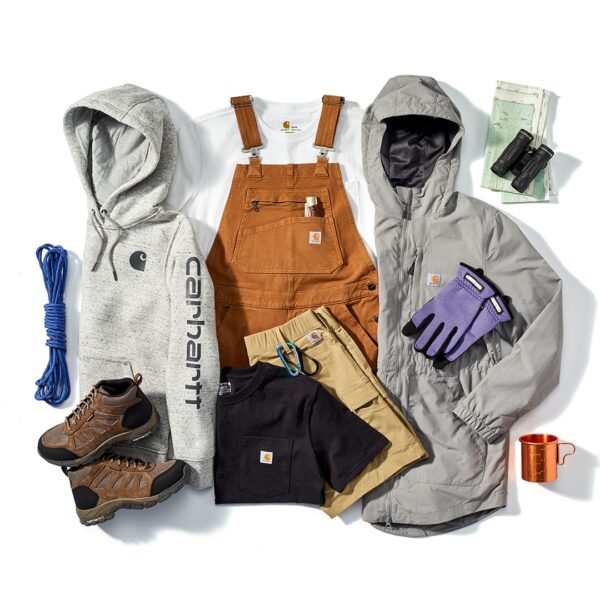
With a history that dates back to the late-19th century, Carhartt is one of just a few brands that can claim to have fostered authentic connections with audiences and subcultures as varied as railroad workers and skaters. Today, the brand’s universal appeal, whether from the catalogues of Carhartt or Carhartt WIP, means iconic items like the Watch Cap or Chore Coat possess the same credibility whether you’re on the streets of New York City or the plains of the Midwest. Because of that, Carhartt and Carhartt WIP promise to shape culture for centuries to come.



